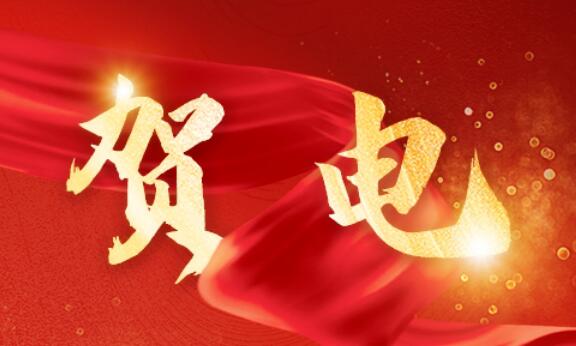BEIJING, Sept. 26 (Xinhua) -- The sunlight streaming in the exhibition hall on the 39th floor of a high-rise building in Beijing illuminates an array of around 500 photographs captured by generations of Chinese journalists.
Towering over the cityscape, the exhibition hall embodies a blend of historical tradition and modern achievements, reflecting the nation's transformation over decades and the profound stories of its people.
China's national news agency, Xinhua, on Thursday opened a photo exhibition at the National Financial Information Center just days before the People's Republic of China celebrates its 75th founding anniversary on Oct. 1.
Stepping into the first section of the tour, audiences were enveloped by an array of black and white photographs. A standout photograph showcasing Dr. Henry Norman Bethune (1890-1939) performing surgery on a Chinese patient in a little temple attracted visitors to stop by and take pictures.
"The use of lighting in this picture is perfect, and it is a textbook in the Chinese photography industry," said Lan Hongguang, who recently retired from a four-decade career as a photojournalist at Xinhua, pointing to the photograph hung on a long wall displaying dozens of pictures showing the arduous struggle of the Chinese people led by the Communist Party of China.
"It was not easy for Chinese reporters to take pictures with cameras back in the day, because Western journalists were armed with automatic rifles, while we were holding spears with red tassels," he said.
"But today we have the photography equipment leading the world," Lan, who is also a China Journalism Award winner smiled.
As the audiences walked deeper into the gallery, the color contrast of the photos became more vivid.
A notable contrast is a photo that focuses on a celebrating crowd, with young women in colorful dresses and men in plain white shirts. On the picture, the crowd is celebrating the first batch of "Jiefang" trucks produced by FAW Group rolling off the assembly line in Changchun, Jilin on July 14, 1956.
Starting from this photo, this section, "having ample supplies of food and clothing," shows changes in social life.
Through enormous efforts, China is capable of feeding one fifth of the global population with nine percent of the world's arable land and six percent of the freshwater resources.
In 2020, China realized its goal of eradicating absolute poverty nationwide, contributing significantly to the global poverty reduction cause.
In building a moderately prosperous society, China takes it as the primary goal to secure adequate food and clothing and protect the right to subsistence, and takes further steps to meet the growing material and cultural needs of the people.
From 1949 to 2023, China's residents have seen their income grow by an average of 6 percent annually, resulting in a staggering 75.8-fold increase in real terms, according to official data.
As the tour went on and audiences moved along the corridor, more pictures bathed in the sunlight filtering through the sleek glass facade of the skyscraper, were unfolded in front of them.
These include pictures featuring FAW Group's seventh-generation Jiefang truck product J7 coming off production line on April 18, 2018, and new energy vehicles developed by Hongqi, an FAW Group car brand at the 20th Shanghai International Automobile Industry Exhibition on April 18, 2023.
"China's automotive industry is evolving rapidly, and Chinese brands are developing vigorously," Zhang Qiang, a visitor and branding manager of a local Chinese car company said.
"Local automobile market players have shifted from followers to leaders over the past decades, and I'm very excited to be part of the fast development of an unprecedented era," he added.
Starting from scratch, China has completed in a few decades the industrialization process that took developed countries hundreds of years to achieve.
China has remained the world's top manufacturing hub for 14 consecutive years, and boasts all the industrial sectors included in the United Nations' International Standard Industrial Classification of All Economic Activities. ■



